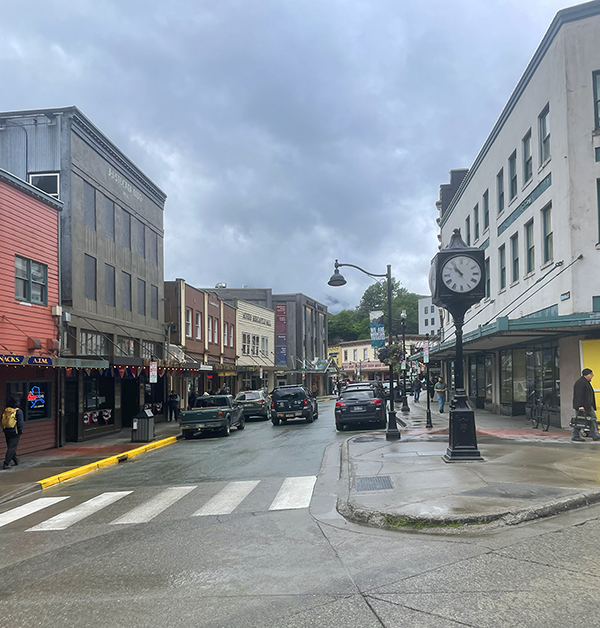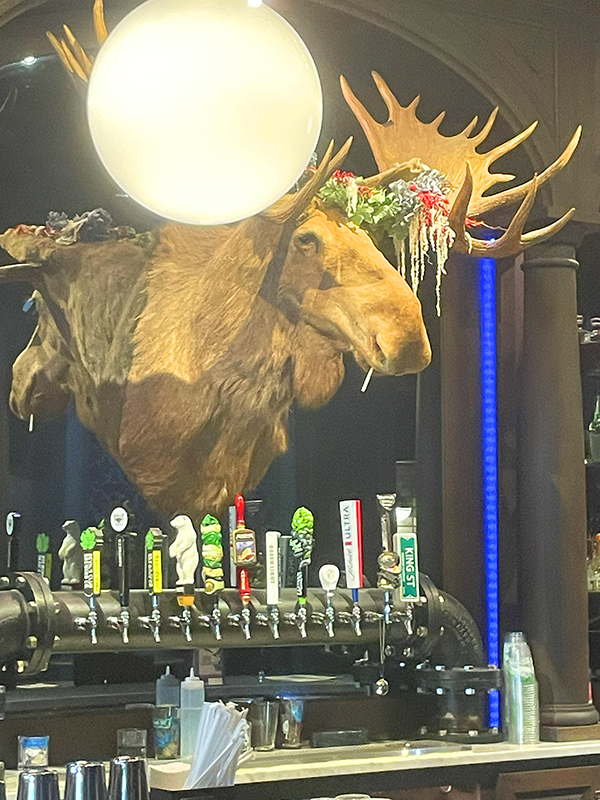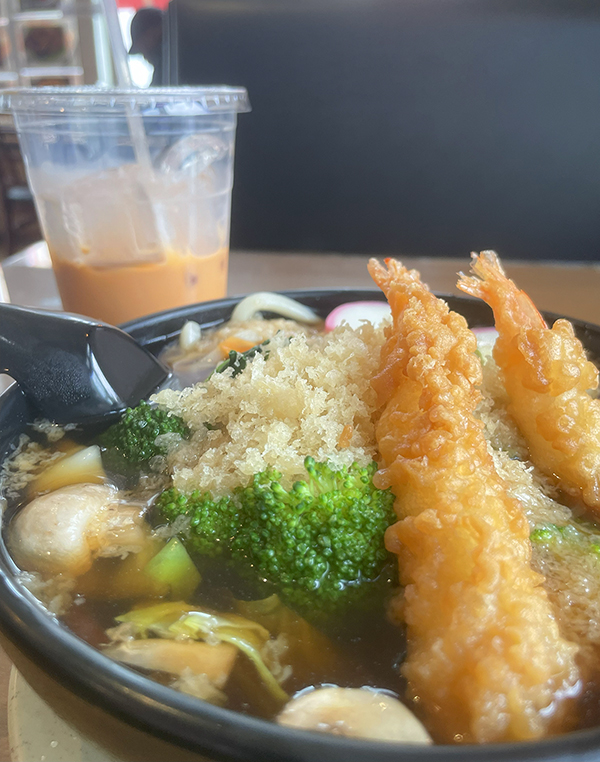

|
|
 |
 |
 |
|
July 9, 2025 Marti Eicholz The Odyssey is taking us through Alaska, the extreme far north of the globe. Alaska touches the Arctic Circle in its northernmost reach, but Juneau which is far south of the bulk of Alaska is located farther north than most regions of the globe: farther north than most Canadian cities, farther north than the entire island of UK, farther north than most western Europe, farther north than Moscow, farther north than all of Japan, China and Mongolia. On a personal note, “What is the farthest north you have ever been on Earth thus far?” Our port of call is that small, remote Juneau, the capital of Alaska. Most people think a city like Anchorage or Fairbanks is the capital city. Yet Juneau, a tiny town of 36,000 residents, located in remote Southeast Alaska, referred to as the Inside Passage and far south of the state was the capital long before Alaska even became a state and remains the capital. Interesting to note it is the largest city in the United States by land area, encompassing over 3,000 square miles. Tongass National Forest, the world’s largest temperate rainforest and America’s largest national forest (16.7 acres), covers most of Southeast Alaska, the Inside Passage and the Alexander Archipelago. The trees are primarily evergreen like Western Red Cedar, Sitka Spruce, and Western Hemlock. The forest has a huge diversity of animals including brown and black bears, fish including five species of salmon, Bald Eagles, and lots of mammals. Most rain forests are in the tropics where it is hot and humid. Temperate rain forests are rare. Juneau is located smack in the middle of the vast Tongass National Forest. The evergreen trees are covered with dense trails of lichens, looking much like the mosses hanging off trees in Georgia and Florida. A beautiful, fertile, unique habitat. Situated on a narrow strip of flat land of North America, no roads go in or out of Juneau, making it the only US capital city that cannot be reached by roads. Why? A vast hefty mountain range runs up and down the coast and right behind Juneau, separating Juneau from the rest of the mainland plus Juneau’s nearest neighbor an enormous ice field from which thirty glaciers flow, the most famous being the Mendenhall Glacier. This massive icefield is 150,000 square miles, covering the top of the mountain ranges, preventing construction of any roads. The only way to reach Juneau is by flight or ship. We are fortunate to have The Odyssey. Juneau does have a short road system, a coastal road running south from town for five miles, dead-ending, another coastal road running along most of the eastern side of the island, dead-ending, and one road leading up to Eagle Ski Resort. The longest road runs along the coast northward for forty miles to Echo Cove. Along this route are several small parks, bays, hiking trails, and spectacular, panoramic views. Juneau has five times more miles of hiking trails than roads, a total of 250 miles of trails, running through forests, along coasts, up into the mountains vs fifty miles of roads. Juneau is the main hub for cruise ships with over 1.6 million passengers, coming to witness glaciers like the nearby dramatic Mendenhall Glacier situated twelve miles outside of downtown Juneau and at its side are roaring Nugget Falls, icebergs, the temperate rain forest, salmon spawning, black and brown bears, whales primarily humpback and orca, other marine creatures, and two hundred fifty species of birds. Juneau is a huge melting pot of people. In the early days before white men arrived, Juneau and the Inside Passage were inhabited by the Tlingit, Haida and Shinshiam tribes, thriving on the rich land, sea waters, fishing, and other marine foods, developing sophisticated social communities, nature-based religions, and beautiful art traditions like totem poles, wood carving, weaving, singing, dancing, and oral story telling. Descendents still live in the region. Later Americans, British, French and Canadians came, prospecting gold. Chinese and Japanese came, participating in the mining industry, and Filipinos came, working in the fishing industry. More recent, Jamaicans and Polynesians migrated. Juneau has an international population. This part of Alaska is immersed in rugged nature where wild animals live and where five species of salmon, including the famed wild salmon come to spawn in regional rivers. In the spring eager brown and black bears come out of hibernation head to the rivers, scooping fish out of rivers to fatten up for winter. Spring through autumn bears roam the forests and mountains. Most of the year American Eagles glide on high air currents overhead. Land and marine birds soar overhead brightening up the skies. Humpback whales and orcas pass through the waterways where the Inside Passage weaves between islands. Dolphins and sea lions call this home. Attractions and points of interest to consider: Explore downtown Juneau’s small, quaint historic district full of shops, Indigenous arts, restaurants and beautiful historic homes. Visit the Juneau City Museum, Alaska State Museum and other important historic civic buildings. Take the Goldbelt Tram up to the top of Mount Roberts for panoramic views and hiking trails. Check out the Salmon Hatchery to learn about the life cycle of salmon. Drive out along the channel 40 miles northward to the end of Juneau’s only road, set at narrow finger-like Echo Cove. Hike any of the 250 miles of trails in the area. Eat wild Alaskan salmon and other local seafood specialties. The Odyssey prepares to leave small Juneau town, surrounded by tall, rugged snow-capped mountains, and where avalanches crash down on the edges of town. Juneau is a beautiful, and exciting town with an intriguing history from gold mining days, salmon fishing, and the cultural presence of several Indigenous tribes. Hopefully, we will return for a second time to the land of beautiful sunsets with rainbows close by, and where sun rays shines over eighteen hours as it refers to the midnight sun. |
|
Copyright © 2025 All rights reserved |